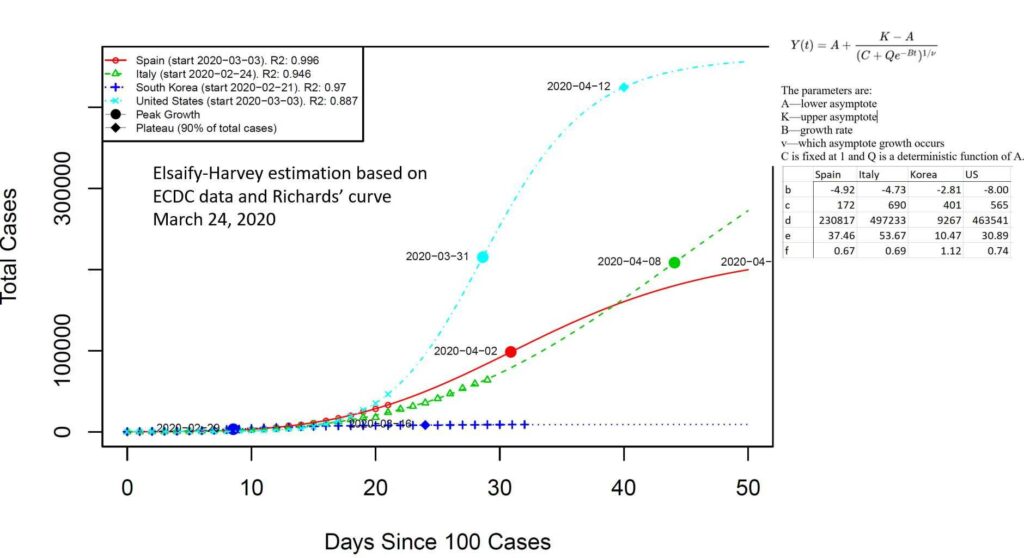Matt’s Note: Specific pictures presented in this article should now be regarded as historical and not currently up-to-date. Please continue to consult qualified epidemiologists and/or the IMHE models for reference.
Previously:
Now we also face an immediate crisis. In the past week, Covid-19 has started behaving a lot like the once-in-a-century pathogen we’ve been worried about. I hope it’s not that bad, but we should assume it will be until we know otherwise.
There are two reasons that Covid-19 is such a threat. First, it can kill healthy adults in addition to elderly people with existing health problems. The data so far suggest that the virus has a case fatality risk around 1%; this rate would make it many times more severe than typical seasonal influenza, putting it somewhere between the 1957 influenza pandemic (0.6%) and the 1918 influenza pandemic (2%).2
Second, Covid-19 is transmitted quite efficiently. The average infected person spreads the disease to two or three others — an exponential rate of increase. There is also strong evidence that it can be transmitted by people who are just mildly ill or even presymptomatic.3 That means Covid-19 will be much harder to contain than the Middle East respiratory syndrome or severe acute respiratory syndrome (SARS), which were spread much less efficiently and only by symptomatic people.
faculty.fuqua.duke.edu/~charvey/Audio/COVID/COVID-Harvey.html
Matt’s note: Despite my optimism for our situation now that various forms of “lockdown” have been implemented nationwide, the continued growth of Covid19 in the United States is deeply concerning. If left unchecked, the eventual drastic exponential growth could lead to disastrous loss of life, property, and an unimaginable strain on healthcare services.
Hospitals will be at a serious risk of overload
March 24th rally and potential effects of upcoming Thursday unemployment report:
faculty.fuqua.duke.edu/~charvey/Audio/COVID/COVID-Harvey.html
Details on the incoming stimulus package (+):
washingtonpost.com/us-policy/2020/03/24/trump-coronavirus-congress-economic-stimulus/
More:
Inverted Yield Curve as Leading Indicator of Recession – Research Pioneer
Campbell Harvey
Reflecting on the economy and the coronavirus pandemic
Campbell Harvey – LinkedIn News’ #1 Voice for Finance and Economy

linkedin.com/in/camharvey/detail/recent-activity/shares/
![]()



